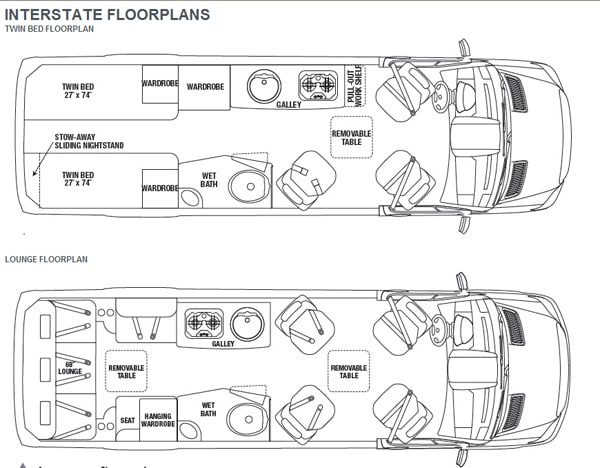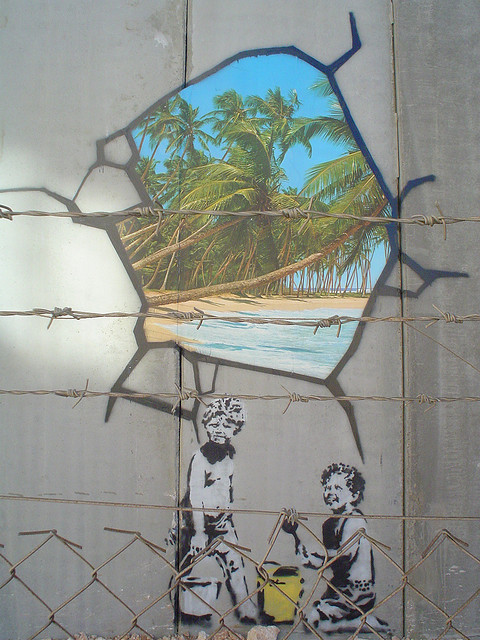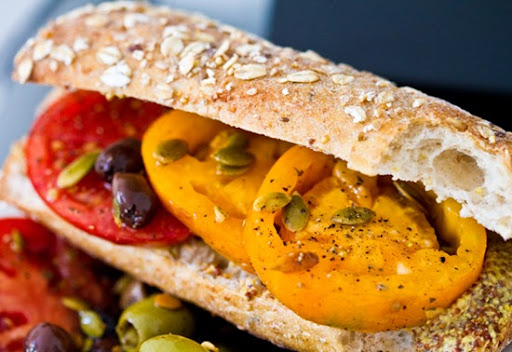I know, I know, the suspense must be unbearable. I'm going to let it ride for a while so stay hungry. Well the seriousness of last post's proposition to re-roof was on my mind, too. Actually the whole gravity of this whole endeavor was staring me straight in the face. I do recognize failure as a constant option. After all, in terms of building and design skills I am a babe in the woods. A novice. I own this fully and that reality. After acceptance, there can be persistent effort. Chopping wood and carrying water. The best I can do is pour my heart and soul into the effort. I've had to constantly remind myself to forget about the 'pot of good' at the end of the rainbow and just immerse fully in the process.
Thursday's roof raising was a manic success. Where to start? I have to say first and foremost to everyone who lent a hand, it absolutely would not have happened without your generosity and adroitness. First we put the kabosh on deconstruction, essentially leaving only the floor and outer studs and aluminum. Many wires were accidentally severed in the process, which I'll have to set straight later. It finally came time to evict the hornets from their home in the fridge but the bastards really hadn't paid rent the whole time anyway.
Then the roof started to come off.. This process was nerve wracking to say the least. Or more like nervous racking (the term used to refer to off-axis movement of structural elements). Once that roof started coming off, even the floor was less stable as the box keeps the walls tied to each other. Even though the craftmanship was slipshod, every inch of stapled studs and aluminum sheet makes a big difference. I was being inefficiently methodical, and luckily the intrepid gents who were helping me had the
ganas to rip the roof off like a band-aid. That method worked like a charm.
Next was the installation of the new posts. I cut their respective holes into the floor from above (made me appreciate the value of a Versacut). We went around and hand tightened all the bolts to the point where I could see the 1/4" steel flex a bit. Rounding the corner and coming into the last attachments, I realized that I was short on bolts! I drove frantically to the Lowe's to grab some more. While hurtling down the road doing 70, passing cars in the double lines and leaving tar and feathers behind me, I had the impression of racing the sun, which was setting as surely as ever. The burning sunset sky had the effect of making the final countdown even more dramatic. Finally made it back to see Westford at ripe dusk. Everything was good to go. Box locked, lights on, roof raisin' time.
I believe it was Zach who thought to jury rig a pulley onto the frame up and over my companion pine's lowest branch. There wasn't even a one-two-three as we hucked the steel up and over our heads. I ran around inside the box and started clutching at the tube and lifting with all kinds of unknown muscles. There was no way this thing was gonna fall. Then we were all inside setting it on the posts. And wouldn't ya know in the fog of urgency we'd put the damn thing on backwards. That was set straight easily enough.
And there it sat.
I was almost surprised that it went. I'll go ahead and count this as a level up. Of course I knew what the dimensions were going to be from my renderings, but its hard to tell in advance what the changes are going to feel like.
The ceiling clearance is now over 8 feet at it's highest and I am seriously considering a lofted rope bed. Of course it is strong enough. Even though the frame hasn't been fastened yet, I've still been busting pull-ups from the top bar. That represents compressive strength which is there in spades. The rig still wiggles back and forth when the frame shakes however, and now I need to install a truss system which doesn't cut down on interior space.
The feel is definitely impressive. It's unusual to be in a space this small with a ceiling this large. The narrow/tall/wider at the sides design almost seems like a tuna fish with a large dorsal fin. Also, there are structural advantages to adding a 'tail' so that might be something that comes along soon. Woody Giveen, who painted the initial exterior has agreed to come back on the job, and I'm very excited about being able to use his work to unify some design elements.
I'm considering different ways to make this thing into a roof rather than a frame. The list mostly includes light weight materials that can take on high curvatures. The materials have to also be both damp-resistant as well as insulative. Right now I'm really considering polyeurethane
spray foam insulation. I need to do more research to see if it will meet moisture demands.
Speaking of moisture, you might be wondering what is happening with the space between the walls and the posts. I think I mentioned before that one of the biggest design changes that absolutely NEEDED to happen was some kind of pitch to the roof. It's obvious why a flat roof would lead to the rotting joists and headers that I saw when deconstructing. Not only that but my desire is to make this rig as self-sufficient as possible. That means not necessarily needing water hookups. Those two challenges when considered together suggest one obvious thing: rainwater catchment and storage. I'm hoping to use the space between the wall and roof for this purpose. There is also another opportunity here to use water for thermal mass and climate regulation to further decrease the rig's dependence on outside inputs.. More on that later.
Right now I've gotta jet. I'm pretty sure that the project will be relocated soon. There may even be some more interesting developments along the lines of possible collaboration and a KICKSTARTER CAMPAIGN! So watch out! Also going to the
Tiny House Summer Camp with Deek and other tiny house enthusiasts on the weekend. So big things popping off, and plenty of inspiration to be had. Plenty more to say but at risk of overblogging I'm going to leave it there.
much love
-F
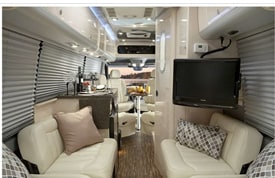
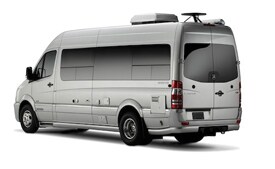 associated vehicle & floorplan
associated vehicle & floorplan